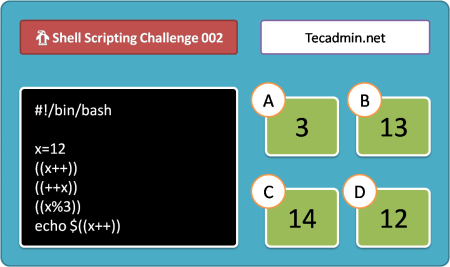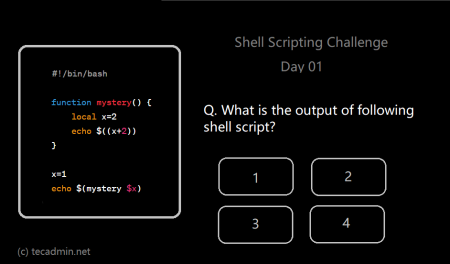In this comprehensive guide, we’ll explore how to check if a file or directory exists in Bash. Bash, or the Bourne Again SHell, is a widely-used command language interpreter for the Unix operating system. One of the key features of Bash, and Unix-like systems in general, is its heavy reliance on files and directories. Therefore, knowing how to test if a file or directory exists is a crucial skill for anyone scripting or programming in this environment.
Understanding Bash Test Constructs
Before delving into how to check if a file or directory exists in Bash, it’s essential to understand what Bash test constructs are. These are special commands that return a status depending on the truthfulness of a condition, allowing scripts to make decisions based on that status.
For example, the test command is a fundamental Bash construct:
1 | test condition |
If the condition is true, test returns a zero exit status; otherwise, it returns a non-zero status. A common shorthand for the test command is using square brackets ([ condition ]).
Now let’s see how we can use these test constructs to check for the existence of files and directories.
Checking If a File Exists
In Bash, you can use the -f option with the test command to check if a file exists. Here is a simple example:
1 2 3 4 5 6 | if [ -f /path/to/file ] then echo "File exists" else echo "File does not exist" fi |
In this script, if the file exists at the specified location, the script will output “File exists”. If the file does not exist, it will output “File does not exist”.
Checking If a Directory Exists
Similarly, you can check if a directory exists using the -d option:
1 2 3 4 5 6 | if [ -d /path/to/directory ] then echo "Directory exists" else echo "Directory does not exist" fi |
In this script, if the directory exists at the specified location, the script will output “Directory exists”. If the directory does not exist, it will output “Directory does not exist”.
Special Case: Checking If Either a File or Directory Exists
You can also check if either a file or a directory exists at a location using the -e option:
1 2 3 4 5 6 | if [ -e /path/to/file_or_directory ] then echo "File or directory exists" else echo "File or directory does not exist" fi |
This script will output “File or directory exists” if either a file or directory exists at the specified location, and “File or directory does not exist” if neither exists.
Conclusion
Checking if a file or directory exists in Bash is a fundamental task that forms the basis of many more complex operations. With the -f, -d, and -e options of the test command, you can easily perform this check in your Bash scripts.
This guide has provided you with the tools to understand and implement these checks. It’s an essential part of your skillset as a Bash user, improving your scripts’ robustness and your ability to interact with the filesystem effectively.




3 Comments
thank you Rahul
Thank you, Rahul!
Valuable tips for everyone, working with directories.
Hi
In my case I have multiple directories and have to check each directories if its not exist then create the directories.